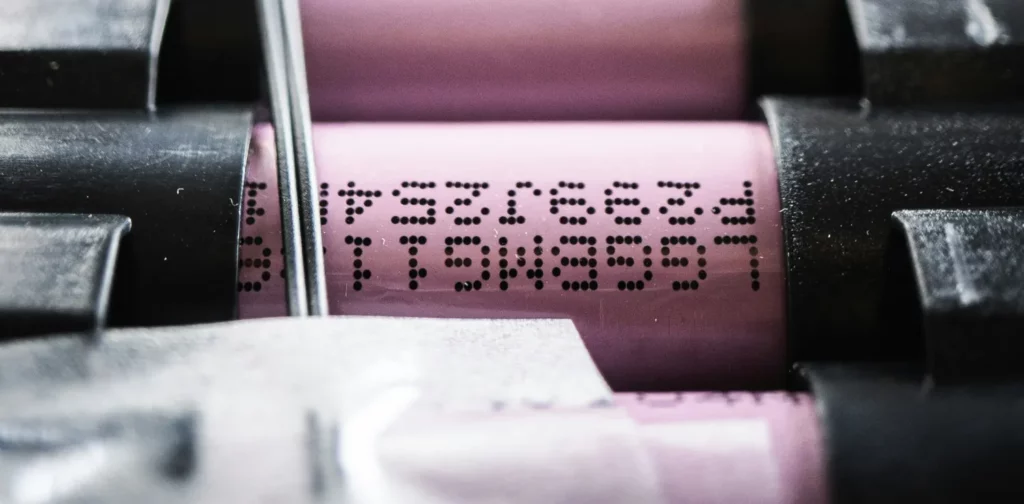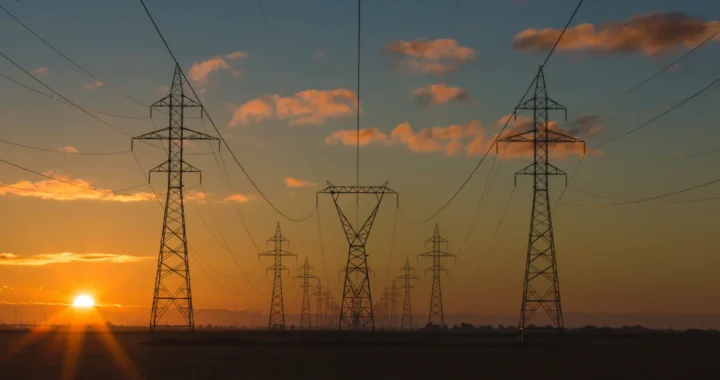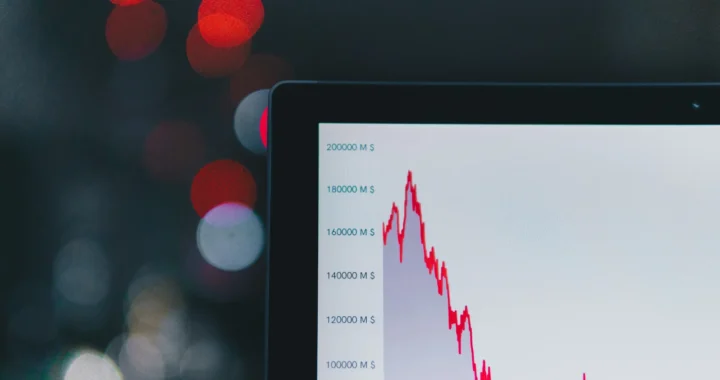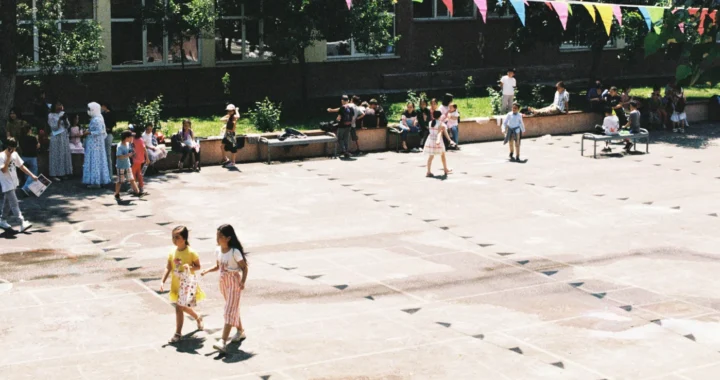An Introduction to the Battery Energy Storage System (BESS) and Its Role in Energy Transition

Photo: Kumpan Electric on Unsplash
When we think about batteries, we associate them with items like clocks and calculators. It was not until the 2000s that we were introduced to rechargeable batteries through consumer electronics like mobile phones and laptops. Since then, rechargeable batteries have become a basic necessity in their many forms. One of them is the battery energy storage system (BESS). .
What Is a Battery Energy Storage System?
The battery industry began to change when electric vehicles (EVs) became commercialized. At that moment, people knew that batteries were not only capable of powering household items; they were meant for so much more.
In principle, a battery energy storage system (BESS) is similar to a rechargeable battery. It can store energy and discharge it when needed.
The main difference between a BESS and a rechargeable battery is that a BESS should be able to generate enough electricity to power the grid. This is why a BESS usually consists of more than one rechargeable battery. To achieve this, the BESS should be stationary and located strategically near its energy source to be able to store energy.
To date, the battery energy storage system has been used for two types of usage. The first one is utility or “front-of-the-meter” (FTM) usage, such as for electricity generation and distribution. The other one is “behind-the-meter” (BTM). BTM usage includes energy storage for EV charging stations, rooftop photovoltaics, and emergency backup.
BESS for Energy Stability
BESS plays an important role in power systems generated from variable renewable energy (VRE). The issue with VRE, e.g., wind, solar, and hydropower, is its inconsistency. Unlike coal and gas, which can generate the same power output all year long, VRE output is seasonal.
By integrating BESS, VRE systems can store excess electricity in the BESS when VRE penetration peaks for extended periods of time and then discharge it when penetration is at its lowest.
This is demonstrated in the 24 MW/32 MWh BESS co-located at the Magat Hydroelectric Power Plant in the Philippines. This project integrates BESS with hydroelectric power to ensure stable and continuous energy output. Hydropower, like other VRE, is known for seasonal changes. So, the BESS can serve as a buffer to power fluctuations, stabilize energy output, and aid as an emergency backup source.
“Behind-the-Meter” Enables End-to-end Use
Unlike FTMs, where the BESS capacity can reach up to 10 MWh, BTMs typically have a smaller capacity of less than 30 kWh. This is because BTMs are intended for commercial or residential use.
One common example of BTM is the use of batteries in rooftop photovoltaics in buildings. Buildings use photovoltaics to generate their own electricity through solar power. The solar power is harvested throughout the day, and its excess energy is stored in a BESS. The energy stored then can be used for electricity demands in the evening, such as lighting, heating, and building operation.
What the Future Holds
The IEA predicts that the use of batteries as energy storage will increase six-fold from just below 25 GWh in 2020 to above 150 GWh in 2026. With countries rushing to meet net-zero emission targets, it is no wonder governments have considered batteries as an alternative energy source. In fact, the Asia Pacific is predicted to overtake North America in global battery consumption by 2026.
That said, just like other energy sources, the battery energy storage system has its share of disadvantages. There has been criticism regarding its source materials and the labor used to extract them. In addition, its end-of-life is hazardous to the environment when disposed of improperly, and battery recycling is still poorly enforced globally. While BESS is a significant discovery in energy transition, more research and a case-by-case approach are needed to ensure it is an option that indeed leads to just and equitable decarbonization that benefits all people and the planet.
Editor: Nazalea Kusuma

If you find this content useful, please consider subscribing to Green Network Asia.
Your subscription will give you access to our interdisciplinary and cross-sectoral insights on sustainability-related issues and sustainable development across the Asia Pacific and beyond, strengthening your personal and professional development while supporting GNA’s financial capacity to continue publishing content dedicated to public education and multi-stakeholder advocacy.
Select Your Subscription Plan
Lalita Fitrianti
Lalita is the Manager for Programs & Partnerships at Green Network Asia. She graduated from the University of Queensland, Australia, with a master’s degree in Environmental Management. She is an environmental and biodiversity impact specialist, strengthening Green Network Asia’s programs & partnerships particularly within environmental lenses.


 Developing Financing Initiatives for the ASEAN Power Grid
Developing Financing Initiatives for the ASEAN Power Grid  Imparting Actionable Knowledge Through Sustainability Training Activities
Imparting Actionable Knowledge Through Sustainability Training Activities  Stop Funding Factory Farming in Vietnam: Pathway to Financing a Just and Sustainable Food System
Stop Funding Factory Farming in Vietnam: Pathway to Financing a Just and Sustainable Food System  When Green Turns Excessive: The Overproduction and Overconsumption of Reusables
When Green Turns Excessive: The Overproduction and Overconsumption of Reusables  SDG Venture Scaler Aims to Drive Sustainable Investment in Southeast Asia
SDG Venture Scaler Aims to Drive Sustainable Investment in Southeast Asia  Improving Primary Education in Central Asia
Improving Primary Education in Central Asia